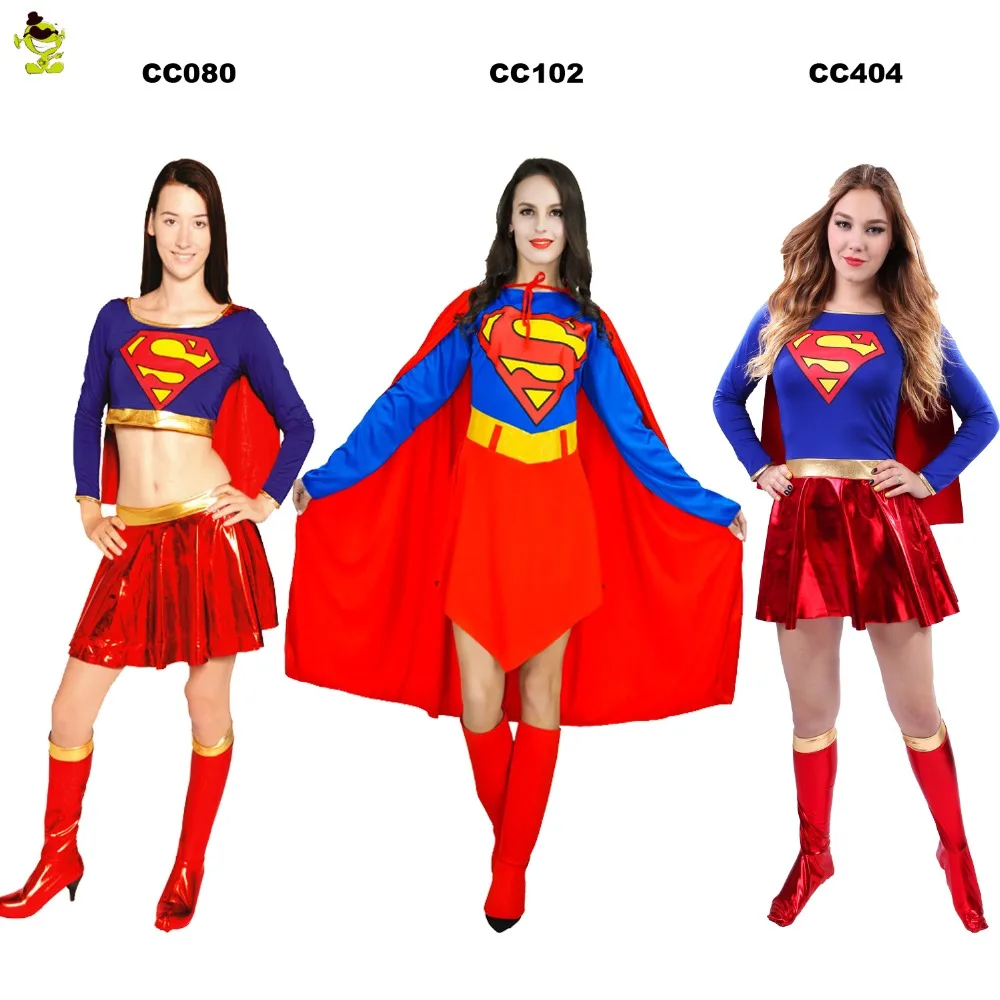


12 Even when female superheroes are featured, which let’s face it is not as common as male superheroes, and attempt to elevate egalitarian gender beliefs this is too often undermined by the sexualised nature of their costuming. All factors that can impact beliefs on gender roles, body esteem and self-objectification. 11 Even though women play a variety of roles in the superhero genre, from helpless to powerful, they all tend to be hypersexualised with perfect, voluptuous figures and sexy, revealing attire. 10 One iteration of Wonder Woman.įurthermore, research is finding that the influence of superheroes for women is not always a positive one. 9 At the heart of this issue has become women’s (and many men’s) desire to see characters represented in a rounded manner, which see character development and a multifaceted, relatable human character. Thus, when a character is built primarily on the basis of appearance and sex appeal there is little for a modern female audience to emphasise and connect with. 8 Part of what has become an issue, other than the desire by most women not to be treated as a sexualised object, is the rise of female audience members for both comics and visual representations of superheros. 7 This is considered catering to the male (heterosexual) gaze, a term coined in 1973 by Laura Mulvey, and is credited to the male filmmaker and the particular target audience of most film genres.

Yet, the first introduction to her is the camera panning up and down her body, with the slow chest-height-linger that manages to capture all the tight fitting and revealing components of the costume. She may be strong, literally powerful, acted by an empowered actress and even beating the Bechdel test. The first issue often raised in relation the inherent sexism of female costuming is often connected more to the representations in television and film, and relates to the cinematic treatment of the introduction to the female character. Marvel costume design Hypersexualisation and attracting the male gaze However, I believe, and argue here, that tradition is not enough to justify the continuation of sexist and impractical choices when change could only lead to better art, better story, and a greater engagement by a wider audience.
SIMPLE FEMALE SUPERHERO COSTUMES SERIES
6 While I may not fully agree with this sentiment with the series of reboots and adaptions the comic book industry is undergoing, I do understand why the very discussion, let alone implementation, of changing a superhero’s costume can become difficult for many people. 5 Some have even argued that the costume is so encoded as part of the persona of the hero that not only is his/her identity no longer complete without it, but if another dons the outfit that superhero persona can be usurped.

4 The costume, that becomes almost a uniform, cannot be separated from that particular superhero as it has become their identity beyond any other factor. 3 Finally, the costume is also often considered the defining trait of the superhero that personality, appearance and even powers may alter with iterations, but the costume tends to remain a stable aspect. For example, the costume is revealed to signal when a character has finally reached the point of either accepting their role as a superhero, or are able to use their powers fully. 2 Costumes also serve the purpose of showcasing character development. 1 They are used not only to create a recognisable identity for a character, but also often function as a disguise to shield an everyday persona. Sexism, Impracticality, and the Hopeful Future of Costuming “Captain Marvel”, by Arkenstellarįundamentally superhero costumes are vital for the industry because they establish iconography and create the brand.


 0 kommentar(er)
0 kommentar(er)
